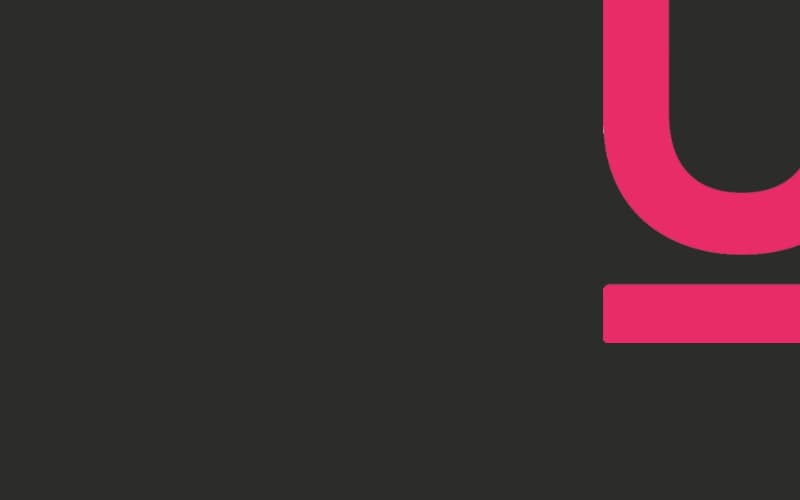

Author
Vice President, Sales and Channel Partner Strategy
Four Ways to Maximize Success in Change Management
Albert Einstein once said that ‘the measure of intelligence is the ability to change.' Change is inevitable, but it is our ability to adapt to and manage change that will determine if this change is a good or bad influence on outcomes in both life and in business.
Change remains a challenge to pull off, and the sad and widely reported fact is that supposedly 70% of organizational change initiatives fail. Given that change is expensive, it is best to be within the 30% that succeed. In fact, recent reports show that more than one in four firms are spending more than 20% of their operating costs on change programs, and for organizations going through challenging periods the cost can exceed 30%.
In addition to increasing your chances of success in change, efficient change management will reduce the cost of change and therefore, the amount of risk any change holds. Here are four key ways to maximize success in change management.
- Ensure that any change is manageable
Changes are put in place most often to solve real, visible problems, but change can be made manageable when it works with existing, successful processes, systems, or approaches that everyone already uses. Looking for organizational strengths as well as problems that need overcoming will enable you to make changes more seamlessly with less disruption.
The best people to know if a change is manageable is the team that will be involved, so creating a steering committee of ‘cheerleaders’ motivated to make this change will ensure communications are properly disseminated to the right groups and that the adoption is optimized, but it will reassure you that this is a realistic change to make.
- Choose the size of your change based on your company culture.
Implementing a change in a smaller arena or section of the business as a ‘soft launch’ is not a sign of lack of conviction, for many company cultures this level of cautiousness is more readily accepted than a larger more sweeping change. For other businesses, those working within the relevant team are looking to see drastic change and so more of a ‘big bang approach’ can be the way to go.
The team will be key to the successful implementation of a change, so listen to them and assess what they will feel comfortable with and use your applied experience to make informed decisions.
- Create short term goals and milestones, reinforce the need for feedback and formalize success.
The earlier any edits needed to a change are spotted, the less time and money you waste. Encouraging transparency with smaller improvement goals at more regular intervals means you can celebrate each success, generate momentum with ‘quick wins’ and identify areas that need adapting and lessons that need to be learned in real time. An environment where team members are encouraged to give honest feedback instead of what they think someone wants to hear will open up the floor to earlier inventions, greater chance of success, and in turn, reduced costs. The voice of the user community will be key.
Make every goal reached successfully in implementing change into an effective communication to keep the team on task and motivated and reduce the chances of losing momentum.
This is where your steering committee will come in. In most organizations, the workforce will have multiple projects, priorities, and objectives. Your steeping committee will ensure that the ongoing value in this change does not get lost in the general noise, and clearly communicating this value will reduce delays and the associated cost.
- Apply successful changes across the organization, and beyond.
Successful change is not easy or at times inexpensive, and the knowledge gained from a successful organizational change is invaluable data. Where there is success, it should be capitalized on.
Following a successful organizational change, time should be spent to see where you can make use of this data in all areas of a business and any associated branches of the business. Formalize this evaluation and document lessons learned, in order to use this data to improve future change. Also, don’t forget to celebrate your success when possible!
Minimizing the cost of change in MSP – a case study
A US government-sponsored finance organization was looking to implement organizational change to provide greater total cost of ownership for their MSP (Managed Services Provider) program. Key areas they wanted to improve on were:
- Stagnant program performance – They wanted greater access to candidates and to move those candidates through talent pipelines faster. They wanted to optimize technology to drive down costs whilst gaining higher quality talent management.
- Stale hiring manager experience - Through program optimization, managers would see increased productivity through more modern processes. There needs to be better visibility into their spend with more informed decision support to drive better overall Quality Efficiency Cost Risk (QECR) results.
- Lack of evolution in technology - Better full life-cycle management of the VMS (Vendor Management System) to drive greater results from requirements to off-boarding, more automation options and recent technology that could deliver greater QECR, better reporting and analytics, and real time market driven insights
Their goals were to realize financial benefits through cost savings, improve the overall hiring manager experience and make use of better data and analysis in decision making. These are all changes that can be costly, but they took steps to minimize these costs without impacting their chances of success.
Outcomes were positive with 20% increased efficiencies through optimized talent channels and the opportunity for 20% or above cost savings. There is now only a 22-minute response time on resolving any technology issues, and by enabling data driven decisions through VISION (Virtual Insights & Supplier Intelligence Optimization Network) analytics and enhanced reporting there have been 5% - 10% cost savings through quantifiable data and metrics.
Insights to drive workforce performance
Workforce insights in your inbox
Sign up for our newsletter with the latest workforce management news, insights, analysis and more.
Australia
Suite 1403, Level 14
309 Kent Street
Sydney
NSW 2000
United Kingdom
United States
27777 Franklin Road
Suite 600
Southfield
Michigan 48034









